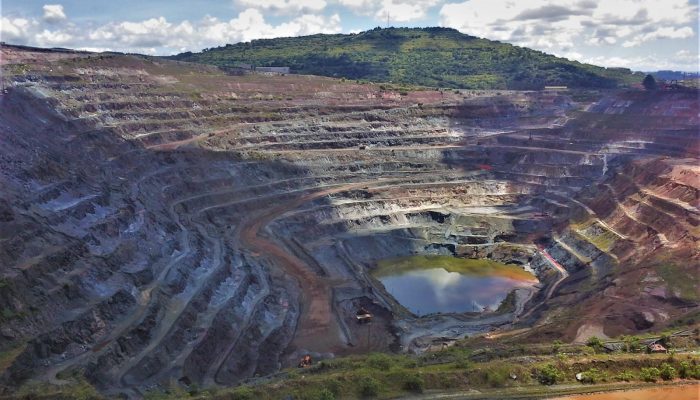
In today’s post, Bárbara Zambelli, considers how we can transition business models towards a more sustainable way of living, manufacturing and consuming.
As I mentioned before in my post about Urban Geology and Underground Urbanisation, according to the UN report, the current world population of 7.6 billion is expected to reach 8.6 billion in 2030 and 9.8 billion in 2050. In addition, the percentage of the world’s population living in urban areas is growing steadily. In this scenario, it is possible to state that population growth and urbanisation are strongly correlated to mineral and metal consumption. In developed countries, the demand for metals is expected to remain strong to keep up with modern technologies and, in developing countries, due to rapid industrialisation and urbanisation.
Minerals and metals are required as materials for infrastructure and constructions (e.g. aggregates, cement, iron, steel, aluminium, copper, alloys), implements for agriculture (e.g. phosphorus and limestone) and essential components of “green” technologies such as solar panels and wind energy (lithium, cobalt, cadmium, REE). The increased consumption we face nowadays requires a great amount of metals which cannot be supplied by natural resources. We already consume more than we can replace and our finite resources are being depleted.
In this context, circular economy represents a way of conceptualizing and operationalizing the transition of business models towards a more sustainable way of living, manufacturing and consuming.
What is circular economy?
Generally, it can be understood as a “cyclical closed-loop system”.
The United Nations Environmental Programme defines circular economy as “one which balances economic development with environmental and resource protection, with the aims to ‘design out’ waste, return nutrients and recycle durables, using renewable energy to power the economy”.
A really interesting paper discusses the concepts and applications of circular economy in Global context, its tensions and limitations.
The authors proposed the redefinition for circular economy as “an economic model wherein planning, resourcing, procurement, production and reprocessing are designed and managed, as both process and output, to maximize ecosystem functioning and human well-being”.
Circular economy opposes the model of linear economy, in which natural resources are turned into waste via production. It assumes unlimited supply of natural resources and unlimited capacity of the environment to absorb waste. On the other hand, circular economy is conceived as having no net effect on the environment, furthermore, it ensures little generation of waste during the production process. The circular economy relies on the idea of recycling products, using waste as resources, helping to tackle unsustainable patterns of production and consumption.
China is the pioneer in the implementation and development of circular economy strategy at national level. With almost 1.4 billion people (around 19% of the world figure), it is of vital interest worldwide that China adopts economic and sustainable business practices. Moreover, other parts of the world are adopting the concept of circular economy to keep resources in economic use for as long as possible. To give some examples, there is the UK initiative Ellen MacArthur Foundation, founded in 2010. In 2014, the European Commision launched their own programme named Towards a Circular Economy: a zero waste programme for Europe. In Brazil also there are projects like this, developed into the Federal University of Santa Catarina to promote the circular economy.
However circular economy may seems to solve our problems regarding raw materials and metals supply, that are some important points to highlight. It is crucial to take into account the metal cycles and flows in the system of each metal to understand the environmental impacts associated to each phase of the cycle, since raw material extraction to the end of life. Another important feature is that circular economy relies on metallurgy, technology and understanding of product design (mineralogy). The recovery rate of each metal depends on the combination of those three factors. In addition, there are some companies recycling atoms for some metals, although these processes are energy-intensive and recover the metals part-only.
Despite the idea of designing products that last much longer appears useful, longevity is not always efficient ecologically. The issue of flux should be central and procrastinating the cycle through exotic chemistry may not be an appropriate strategy.
Finally, even though circular economy has an amazing potential for reducing the need of raw materials, stop mining primary resources is nearly impossible. In this manner, we should promote responsible mining when circular economy is not applicable.



